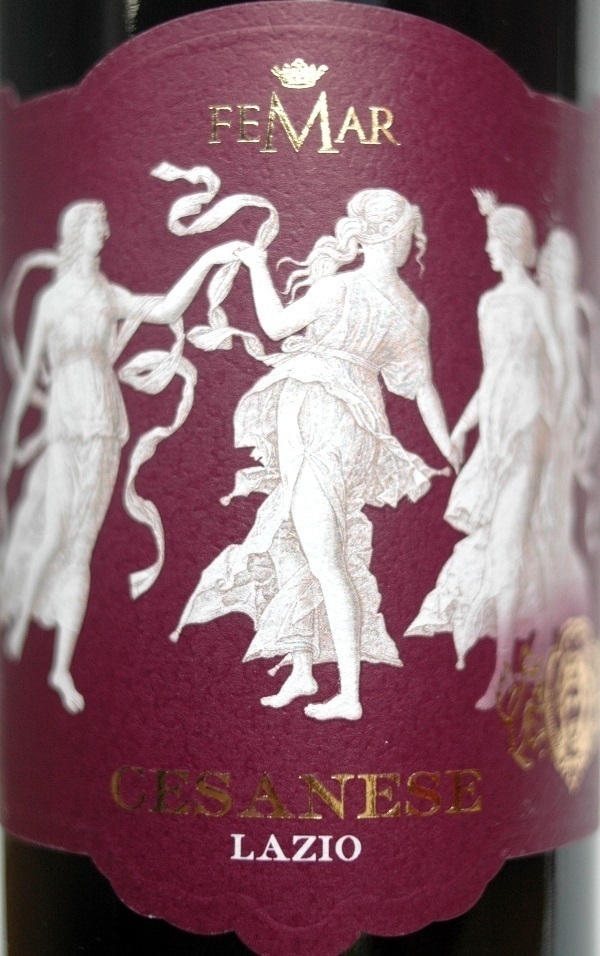Cesanese

Cesanese is a grape variety native to the Lazio region of Italy. I came to know it during my time in Rome, as the ingredient in the cheapest local red I found I actively enjoyed. The wine in that blue-labelled bottle seemed to me to be best served slightly chilled. On winter evenings in my inadequately-heated apartment it hit the spot just right. I didn’t enjoy it nearly as much in the heat of summer. It formed a significant part of my unhealthy alcohol intake in the winter of ‘96/‘97.
The variety’s lack of renown must be due in part to the difficulties its late-ripening tendencies pose the vintner – so says this article – which continues: “When made well, however, Cesanese can demonstrate rich, ripe cherry flavors with some floral characters and sometimes a touch of red pepper.” On the other hand, in The Oxford Companion to Wine (art. ‘Lazio’) we’re told that “most Cesanese is neither well-made nor interesting.” Well-made or not, it’s a wine that seldom seems to leave Italy.
I’d not had a drop of the stuff in at least twenty-five years when I saw the wine pictured above on the shelves of the local Lidl. For old times’ sake I bought a bottle, consuming a large glass of it on a cold night. No flood of Proustian recollection was forthcoming, and I found it good, but not outstanding. Even with my lacklustre palate I discerned cherry-like notes, if perhaps with a faintly sharp edge of unripeness about them. Even so, on returning to Lidl and seeing the Cesanese had been selling slowly, I picked up a second bottle of the stuff.